- Learning time
- 20 minutes
- First play time
- 30 minutes
Between Two Cities
Designed by: Ben Rosset,Matthew O'Malley,Morten Monrad Pedersen
Between Two Cities takes the simple tile-laying play of a game like Carcassonne and adds a co-operative element: all players are building cities (using tiles) with both of their neighbors. It’s in their interest to make both cities as good as they possibly can, as their game-end score is the value of their lowest-scoring city.
The game takes place over three rounds. In each round players are dealt several tiles (face-down) and they choose two tiles to add to their two cities; one for each. All tiles are revealed simultaneously, and players discuss which tile should go in which city with their neighbours. The logic at play here is how the tiles earn you points: Houses, Taverns, Factories, Parks, Offices and Shops all score points in different ways – according to how many there are in your city, and how they are located. Shops want to be in a row; Houses don’t want to be next to factories, Taverns come in four different types and the more of them you have the better… and so on.
Having added the tile to their cities, players then pass the remaining tiles to their neighbor, and the process repeats. Round two is slightly different as players are passing and placing ‘duplex’ buildings that are essentially double tiles; and round three returns to the single tile variant. After the third round, each city is scored, and your lowest-value city out of the two you have helped build is your own personal score.
It’s an accessible game that encourages collaboration and logical thinking.
The guru's verdict
-
Take That!
Take That!
None. It's in your interest to help your neighbors as much as you can, as you'll be helping yourself at the same time.
-
Fidget Factor!
Fidget Factor!
None, unless you have someone who takes an eternity to choose tiles.
-
Brain Burn!
Brain Burn!
There is some thinking involved - you need to work out which tile is most valuable to your cities, and also bear in mind what you'll be passing to your neighbour.
-
Again Again!
Again Again!
Between Two Cities is a short game as tiles are dealt randomly, strategies can change. Having said that, you're always building two 4x4 tiled cities and scoring is invariably close.

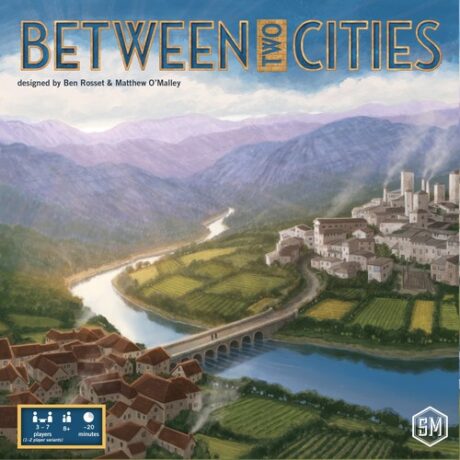
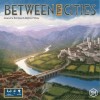

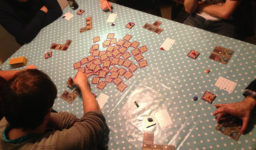
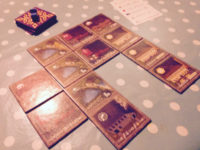


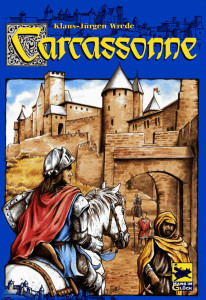
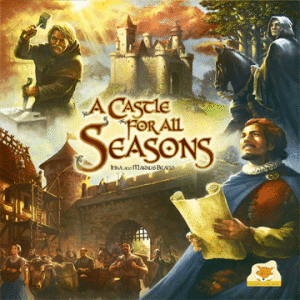

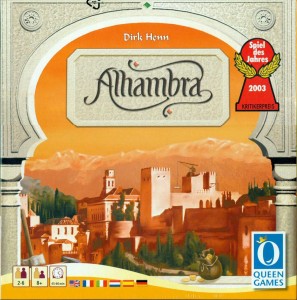
Sam says
It's a pleasant enough game that neatly combines competition with collaboration. But with more than four players especially it feels more dryly mathematical than intriguing to me personally - my comparison would be Alhambra, although that doesn't have the co-operative element Between Two Cities does. I imagine children will enjoy the building aspect and puzzling out their best move.